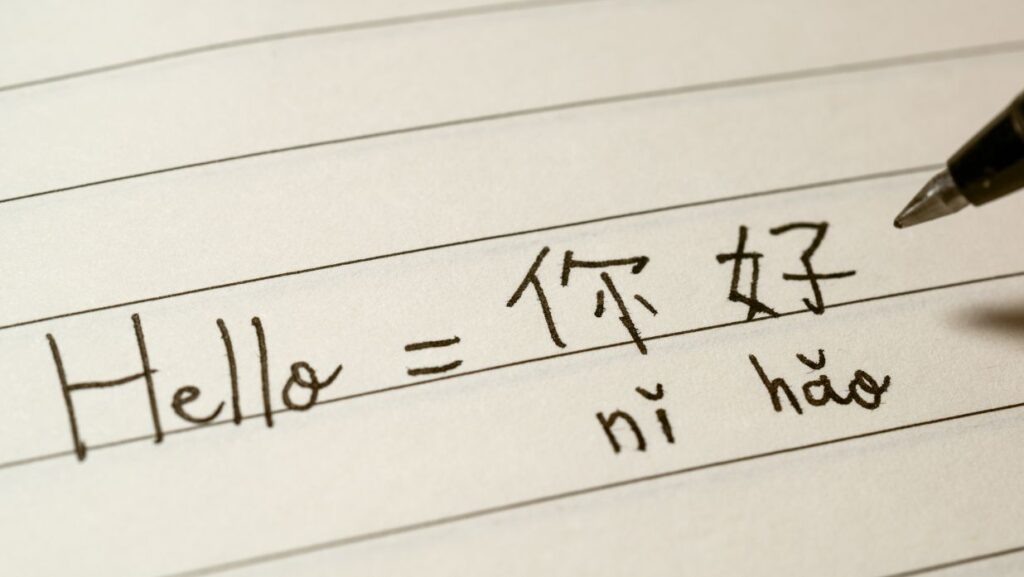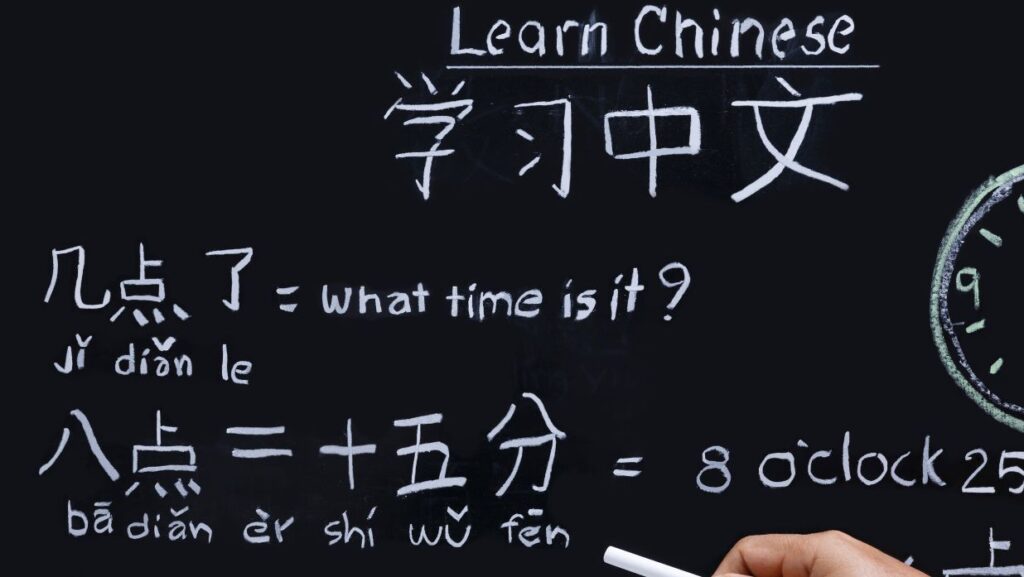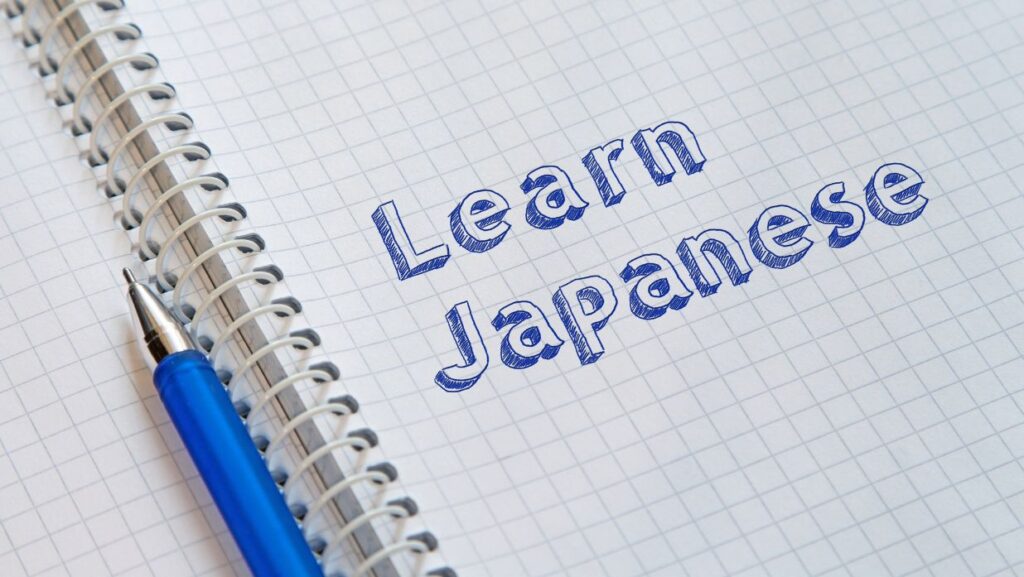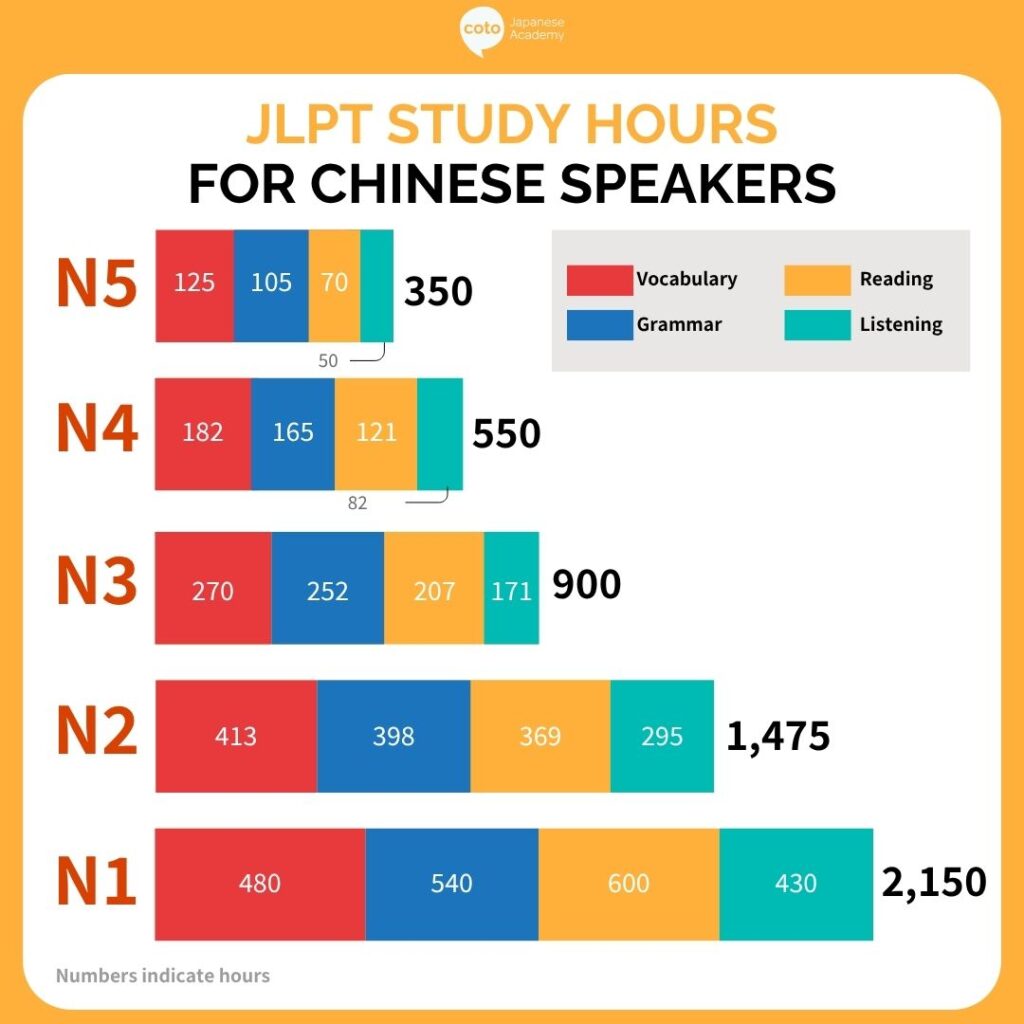One of the most surprising things about getting a hot bowl of ramen in Japan is that you often have to order from a vending machine. Most ramen specialty stores have you select and pay for your choice of ramen at a vending machine, or rather a meal ticket machine called 食券機 (shokkenki) in Japanese. You slip the money into the machine, and a ticket with your order is administered.
Quick and easy, right? You don’t have to figure out how to say your order in Japanese. You can just hand the chef the ticket. However, you still have to read the buttons on the machine, or else you might order the wrong ramen. And sometimes the writings on the buttons aren’t read very well on translation apps.
So, how do you order ramen using the ticketing machine, and what do all those buttons mean? Let’s take a look at how to navigate a ramen vending machine in Japan like a local!
What to Know About Japan’s Vending Machine
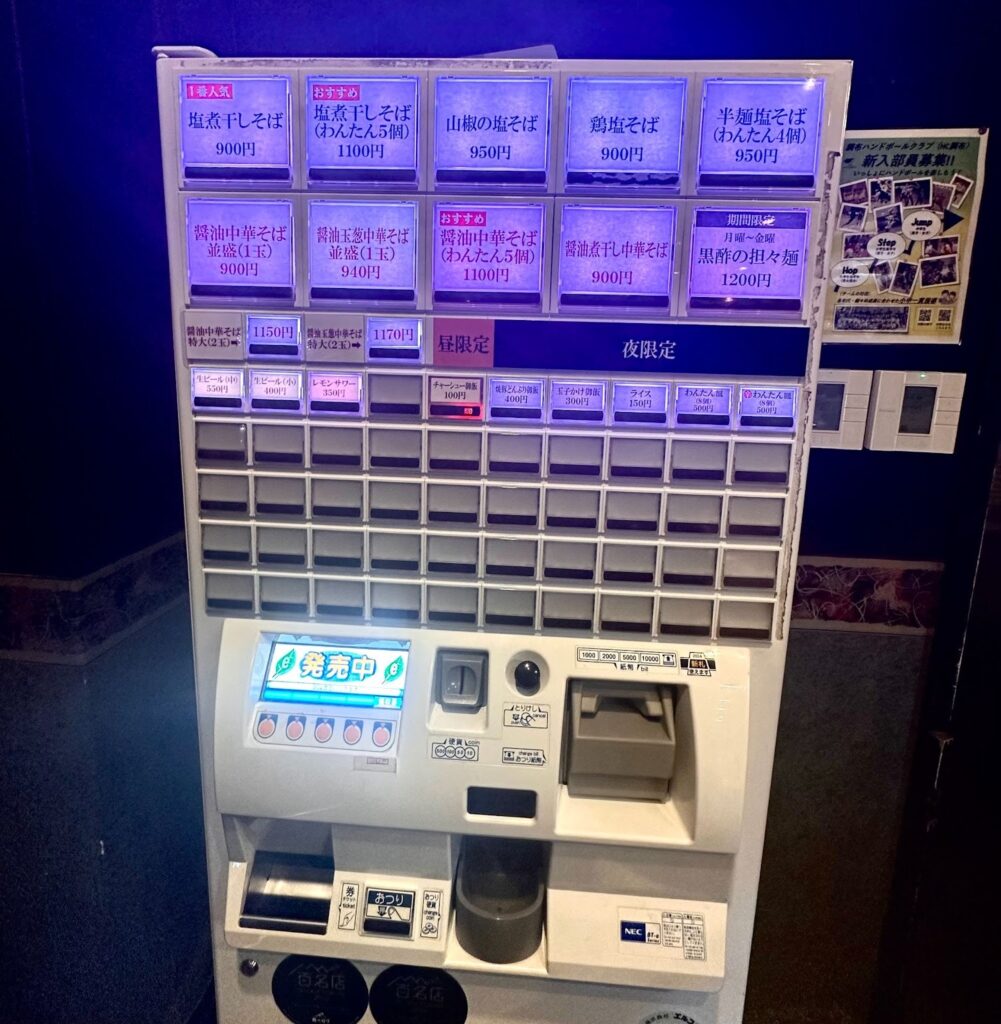
Japan has the world’s highest density of vending machines, about one for every 23 people. Walk around any neighborhood and you’ll find machines that sell everything from hot drinks in winter and ice cream in summer to ready-to-microwave meals and coffee.
With vending machines becoming a beloved part of daily life in Japan, it’s no surprise that they’ve evolved beyond simple drink dispensers. Many restaurants, including ramen-ya (ramen shops), now use vending machines as a convenient way for customers to order food. This system streamlines the ordering process, reduces the need for cashiers, and speeds up service.
In Japan, ramen restaurants with a food ticket system usually have vending machines right by the entrance. This means that before you take a seat, you need to order your ramen (and any sides) first. You may need to line up, as there are often only one or two ticket machines available, but since the process is contactless, the line usually moves quickly.
One thing to note is that in Japan, especially in ramen shops, it’s common for each person to order their own bowl of ramen rather than sharing.
After you get your ticket, simply hand it to the staff at the counter, and then you can find a seat and enjoy your meal!
Read More: How to Order a Bowl of Ramen in Japan
Step 1: Insert Money Into The Machine
For many machines, before you can choose your mouth-watering ramen, you first must insert the money into the vending or ticketing machine. More modern machines, especially with a touch screen interface, may allow for credit card and digital payments, and will probably ask you to pay the total order after you have selected what you want.
Keep in mind, many ramen shops still use the older ticketing booths, which can only accept cash (Japan is also relatively more cash-based compared to other places) and sometimes IC cards (transportation cards. So, here are the most common payment options and terms you will probably come across:
| English | Japanese | Romaji |
| Cash | 現金 | Genkin |
| Credit card | クレジットカード | Kurejitto kaado |
| Transportation IC card | 交通系ICカード | Koutsuu kei IC kaado |
| Payment / Check | 会計 | Kaikei |
| Order (food or drink) | ご注文 | Gochuumon |
| Meal ticket | 食券 | Shokken |
In general, if you’re paying with cash, you insert the bills first. For digital payments — such as IC cards, e-wallets, or credit cards — used with newer vending machines, you typically make your selection first and then tap or pay afterward.
Learn how to ask for the bill in Japanese by checking out our blog, How to Ask for the Bill in Japanese Restaurant: 10 Ways!
Step 2: Choose Your Ramen on the Vending Machine

The first step may sound simple, but every ramen shop has its own unique style of ramen.
At the very least, each button on the ticket machine will display the name of the ramen (or other menu items) in Japanese, along with the price. Some vending machines also include pictures, which make it easier to choose, and sometimes even offer English translations!
If the machine is only in Japanese, don’t worry. Usually, the most popular or signature ramen is displayed on the top row of the ticket machine, while the lower rows are reserved for toppings, add-ons, and side dishes.
So if you’re unsure what to pick, go for the ramen on the top row. Remember, if the names look the same but include different numbers or extra words, they usually indicate portion size.
| Japanese (Kanji) | Romaji | Meaning |
| 並盛 | Namimori | Regular size |
| 大盛 | Oomori | Large size |
| 特盛 | Tokumori | Extra-large size |
| 小盛 | Komori | Small size |
Ramen usually falls into one of the main categories you will encounter below:
1. 醤油ラーメン (Shoyu Ramen): Soy Sauce Base
The classic Tokyo-style ramen is made with a savory soy-sauce broth. It’s light, salty, and slightly tangy, a perfect introduction for beginners. Usually, the ramen is topped with sliced pork (チャーシュー), green onions (ねぎ), and bamboo shoots (メンマ). There is an older term that usually describes a classic soy sauce-based ramen, called 中華そば (chuuka soba), which is still used interchangeably with ラーメン (ramen) to this day.
2. 味噌ラーメン (Miso Ramen): Miso Base
Originating from Hokkaido, this ramen has a rich, nutty flavor thanks to miso paste. It’s often heartier and thicker than shoyu ramen and pairs well with butter, corn, and sliced or ground pork toppings. It is also common to find similar toppings on the miso ramen as on the soy sauce ramen.
3. 塩ラーメン (Shio Ramen): Salt Base
A clear, light broth made with sea salt and chicken or seafood stock. Shio ramen tends to taste cleaner and less heavy, making it a great choice if you prefer something light but flavorful.
4. 豚骨ラーメン (Tonkotsu Ramen): Pork Bone Base
The signature ramen of Hakata (Fukuoka). The broth is creamy, made by boiling pork bones for hours until they turn white and rich in flavor. Often served with thin noodles and customizable toppings like garlic, pickled ginger, and sesame. And of course, it’s common to have this ramen with plenty of slices of pork.
5. 担々麺 (Tantanmen): Spicy Sesame Base
Inspired by dan dan noodles from the Sichuan region, this ramen has a spicy sesame broth, ground pork, and chili oil. It’s creamy, fragrant, nutty, and has a satisfying kick, perfect for spice lovers. The flavor is characterized by the Sichuan peppercorns, which give a spicy “numbing” sensation that’s surprisingly addictive. Some shops focus more on the authentic Chinese version,s while others lean into more Japanese flavor sentiments; both are incredibly delicious. It’s common to find both broth and brothless versions of this iconic ramen.
6. 混ぜそば (Mazesoba): Mixed Noodles
Inspired by Taiwanese noodles, mazesoba is currently trending in Japan, with shops specializing in this noodle dish opening across the nation. It is a brothless noodle dish known for its rich umami flavor from the soy sauce-based sauce, egg yolk, and other seasonings that you “mix” with the noodles. It’s often topped with fresh vegetables such as green onions and meats, most commonly ground pork or beef. You will find different variations ranging from bold and spicy to light and delicate.
Here is a table of common ramen types you will most likely encounter:
| English | Japanese | Romaji |
| Shoyu based ramen | 醤油ラーメン | Shouyu raamen |
| Chuka soba (interchangeable with ramen) | 中華そば | Chuuka soba |
| Miso based ramen | 味噌ラーメン | Miso raamen |
| Shio ramen | 塩ラーメン | Shio raamen |
| Tonkotsu ramen | 豚骨ラーメン | Tonkotsu raamen |
| Spicy sesame ramen (dan dan noodles) | 担々麺 | Tantan men |
| Brothless dan dan noodles | 汁なし担々麺 | Jiru nashi tantan men |
| Mixed noodles (maze soba) | 混ぜそば | Mazesoba |
| Sliced Pork Ramen | チャーシューラーメン | Chaashuu raamen |
| Dipping noodles | つけ麺 | Tsukemen |
| Cold noodles | 冷やし中華・冷麺 | Hiyashi chuuka / reimen |
While the most common writing for “ramen” is in katakana as ラーメン, it is sometimes written or stylized with different writing conventions:
- In hiragana: らーめん
- In katakana: ラーメン
- In kanji and hiragana: らー麺
It’s more common nowadays to find a list of allergens possibly contained in the food somewhere in the restaurant. So, find out the terms for allergens and ingredients you need to know by reading our blog on Japanese food and nutrition labels.
Step 3: Choose Toppings on the Ramen Vending Machine

Toppings can bring additional boost, texture, or nuances in flavor that elevate the whole dish. Or sometimes you just can’t have too much of a good thing, whether it’s sliced pork, green onion, or extra red pepper for those daring and bold individuals.
If you want extra toppings, you’ll need to order them on the ramen ticket machine, usually right after selecting your main dish. The price is a helpful clue—items priced around 100–200 yen are typically small additions like a soft-boiled egg, an extra slice of pork, garlic, or other common toppings.
The last rows of the machine are usually drinks or side dishes.
So here is a list of the most common toppings you will find on ramen vending machines:
| English | Japanese | Romaji | Details |
| Braised Pork | チャーシュー | Chaashuu | Adds extra slices of pork. |
| Seasoned Egg | 煮卵 / 味玉 | Ni-tamago / Ajitama | Soft-boiled, marinated in soy sauce. |
| Green onions | ネギ | Negi | Often available in “extra” portions. |
| Seaweed | のり | Nori | Usually 3 – 5 sheets. |
| Bamboo shoots | メンマ | Menma | Adds crunch |
| Corn | コーン | Koon | Common in miso ramen. |
| Butter | バター | Bataa | Common in Hokkaido-style miso ramen. |
| Garlic | にんにく | Ninniku | Usually fresh or crushed. |
| Chili pepper paste | 辛味 | Karami | Chili powder, usually red and adds a spicy flavor |
| Bean sprouts | もやし | Moyashi | Absorbs flavor and adds texture |
So you may have noticed that chaashuu is also a type of ramen you can order. Depending on the shop, extra chaashuu is only available as a side or included as a preset ramen option.

Step 4: Ordering Sides on Ramen Vending Machines
Certain side dishes match so well with ramen, such as gyoza or even fried rice. Pro-tip: Try eating rice (fried or white) with the broth after eating the noodles; the rice will absorb the umami, giving a wonderful palette of flavors with each spoonful. So, here are some popular side dishes commonly found on the ramen vending machines:
| English | Japanese | Romaji | Description |
| Dumplings | 餃子 | Gyoza | Pan-fried or steamed. Often comes in sets of 5 or 6. |
| Fried Chicken | 唐揚げ | Karaage | Japanese-style fried chicken, known for its bite-sized savory flavor and light crispy skin. |
| Fried rice | チャーハン | Chaa han | Rice stir-fried with soy sauce, eggs, and a bit of vegetables. A popular combo with ramen. |
| Half-size Fried Rice | 半チャーハン | Han chaahan | Popular choice for its more palatable portion. |
| Rice | ライス | Raisu | Plain white rice, sometimes with toppings. |
Step 5: Ordering Drinks on the Ramen Vending Machines
Nothing rounds out a perfect bowl of delicious ramen better than a drink pairing. Certain drinks, like an ice-cold beer, pair so well with the savoriness and umami of the ramen that you must order them together. Many ramen offer these drink options directly from the vending/ticketing machine:
| Japanese | Romaji | English | Notes |
| ビール | Biiru | Beer | Usually bottled (瓶ビール bin biiru) or draft (生ビール nama biiru). |
| コーラ | Koora | Cola | Most often, Coca-Cola, and it is common to find the glass bottle versions at ramen shops |
| ジンジャエール | Jinga eeru | Ginger ale | Ginger ale is another common drink offered at ramen shops. |
| ウーロン茶 | Uroncha | Oolong Tea | Common non-alcoholic choice. |
| 水 | Mizu | Water | Usually self-serve, but some machines list it. |
Learn how to order your go-to coffee in the morning, customizations and all, completely in Japanese. Check out our blog: How to Order and Customize Your Coffee in Japanese!
Bonus Extra Customizations on Ramen Vending Machine
Most ramen shops also allow for a variety of customizations that you can make right on the machine, such as noodle firmness or softness, extra noodles (you can request refills to come later), and the portion size.
Customizations are often made after you purchase your ramen ticket. The staff might ask you over the counter or provide a form where you can specify exactly how you like your ramen. Here are some common customizations you’ll likely have the option to choose from:
Noodle Firmness
Also called 麺硬め and 麺やわらかめ (men katame and men yawarakame), this describes the texture of the noodles and usually comes in 3 different options, ranging from hard noodles to soft:
- やわらかい (yawarakai): This means soft noodles, which means the texture will be softer and moister since the noodles would have been boiled for longer.
- 普通 (futsuu): If you want the perfect balance between firmness and softness, you can choose futsu, which means “normal.”
- 硬い (katai): Translating directly to hard or firm, the noodles will have a denser texture and won’t be as moist.
Soup Thickness
The soup thickness, or 味の濃さ (aji no kosa), just describes the intensity of the flavor as well as how thick the broth will be. Generally, you can choose between the following intensities:
- こってり or 濃いめ (Kotteri or koime): This option would give you the thickest broth and a higher intensity of flavor.
- 普通 (futsuu): Again, meaning normal, this is the middle option between thick and light broth.
- あっさり or 薄 (Assari or Usu): This option means light broth, so expect a lighter, more watery texture and less intense flavor.
| English | Japanese | Romaji |
| Extra Noodles | 替え玉 | Kaedama |
| Noodle firmness or softness | 麺硬め or 麺やわらかめ | Men katame or men yawarakame |
| Soup Thickness | 味の濃さ | Aji no kosa |
| Large portion | 大盛 | Omori |
Learn to Order Your Ramen in Japanese with Coto Academy!
Ordering ramen through a vending machine might seem confusing at first, but once you understand how the system works, it’s actually one of the most enjoyable parts of dining in Japan. It’s fast, efficient, and lets you explore new flavors without any pressure. If you’re ever unsure, worry not; most machines now offer some English or pictures you can choose from.
However, if your favorite go-to ramen shop has no English or pictures to be found, we recommend learning how to read some Japanese. Here at Coto Academy, we offer practical lessons tailored specifically for the Japanese you will encounter in the real world. We provide both full-time intensive or more flexible part-time courses, and our teachers work closely with you to help you reach your unique Japanese learning goals! Sign up today by filling out the form below:
FAQ:
What exactly is a ramen vending machine, and why are they used?
It’s not a machine that serves ramen directly! Instead, it’s a meal ticket machine (食券機 / shokkenki) found at many ramen shops in Japan. You choose and pay for your meal at the machine, get a printed ticket, and hand it to the staff. This system keeps things fast and cash-efficient — and it’s great for people who might be shy about ordering in Japanese.
Can I use a credit card or an IC card?
Most ramen ticket machines only accept cash (coins and ¥1,000 bills). However, newer or chain restaurants (like Ichiran or Ippudo) sometimes accept IC cards such as Suica or Pasmo. If you’re traveling, it’s best to carry small bills and coins just in case.
What if the buttons are all in Japanese?
Don’t worry, many machines now include pictures of the dishes, and some even have English or multilingual options (look for a button labeled “English” or “言語”). If not, you can always look at the plastic food displays outside (called shokuhin sampuru) and match the names or prices on the machine. Pointing works too — staff are used to helping!
What does it mean when the button light is off or red?
That means the item is sold out or temporarily unavailable. Try selecting another option with a lit-up (usually green or yellow) button instead.
What’s the difference between 大盛 (Omori) and 替え玉 (Kaedama)?
Both refer to more noodles, but they’re used differently: 大盛 (omori) is a large portion of noodles that comes with your initial bowl. 替え玉 (Kaedama) is an extra serving of noodles you order after finishing your first batch, especially popular in Hakata-style (tonkotsu) ramen.
How do I order extra toppings or sides?
Many machines have separate buttons for toppings (トッピング) and sides (サイドメニュー). If you missed adding something, you can often go back to the machine, buy another ticket, and hand it to the staff.
You might be interested in reading more about:
